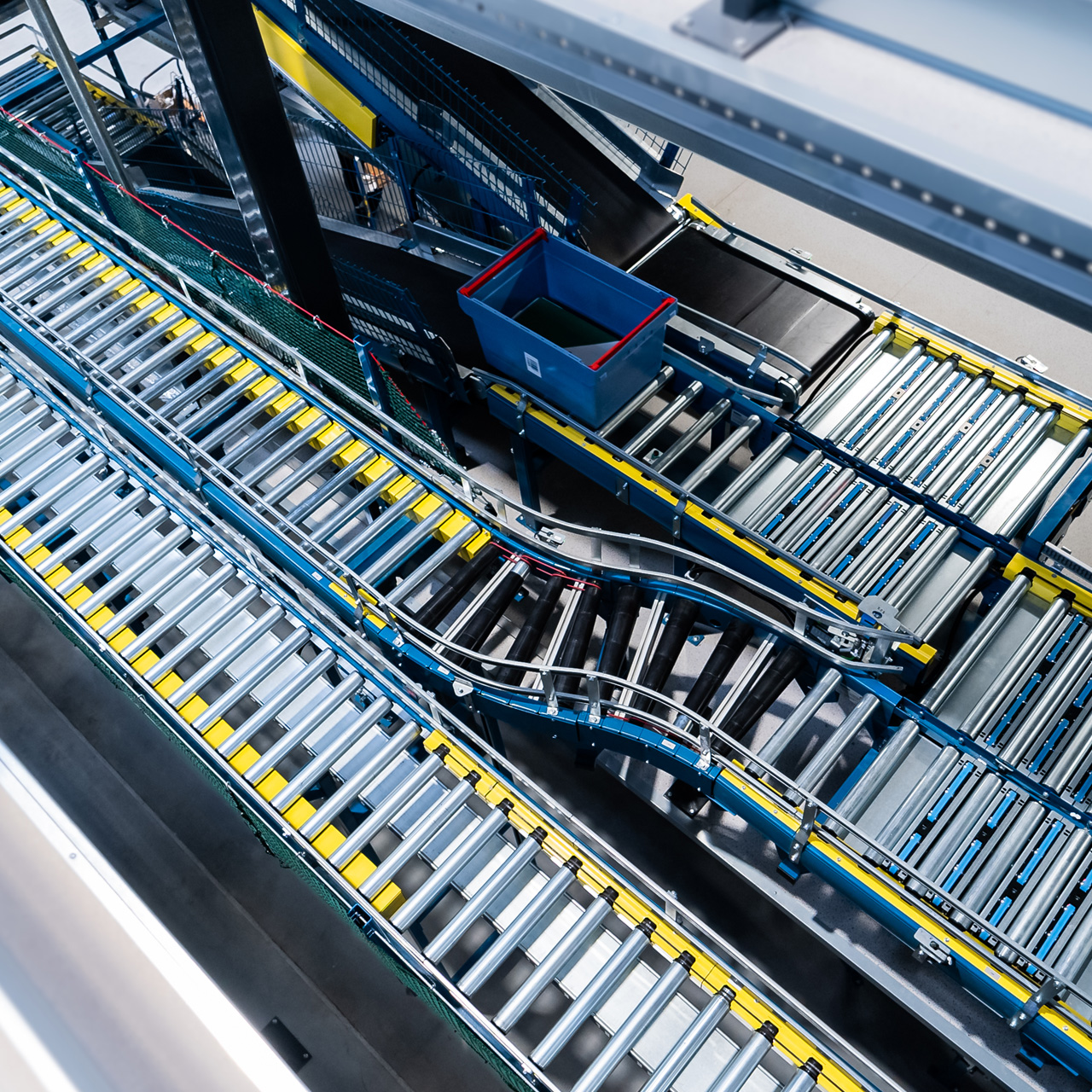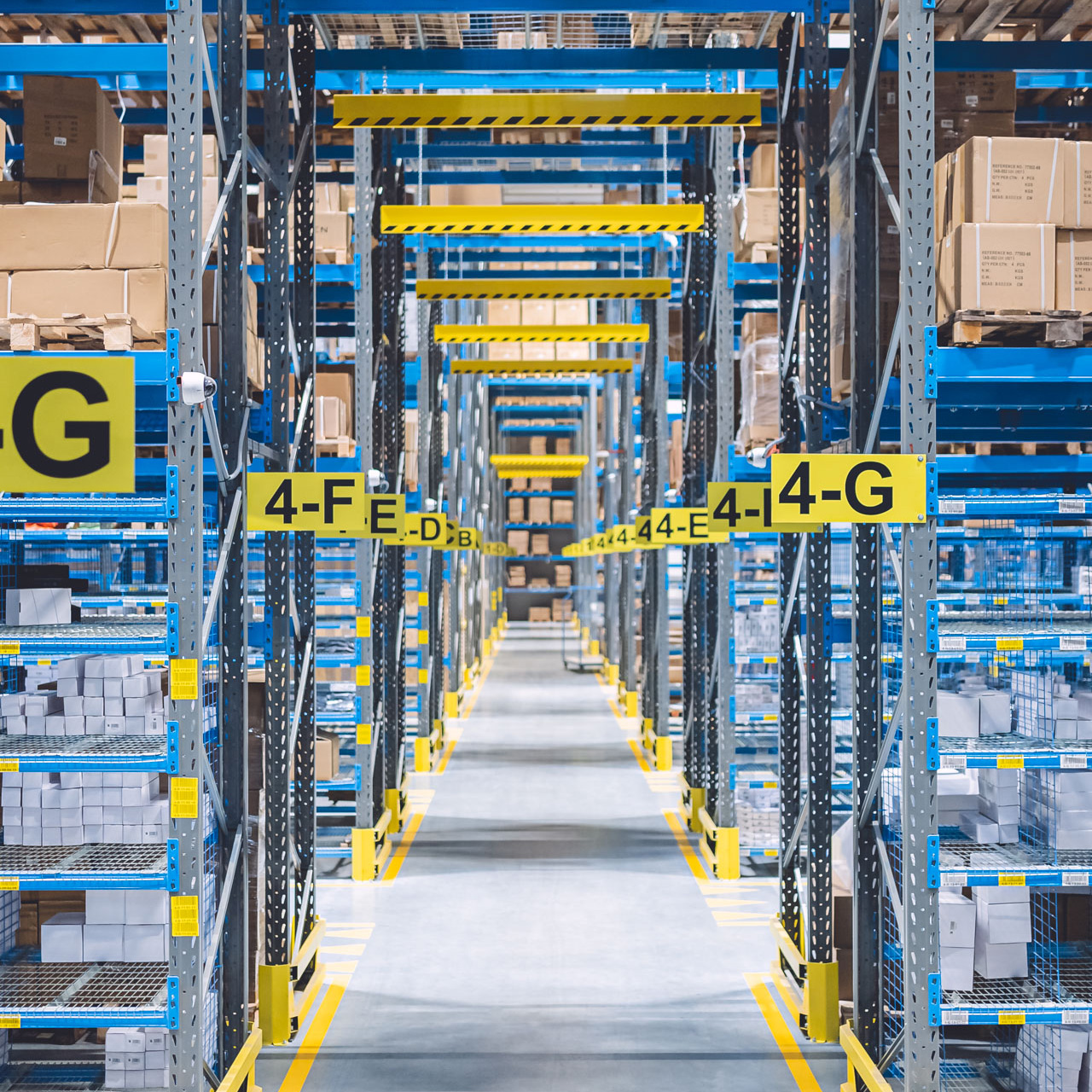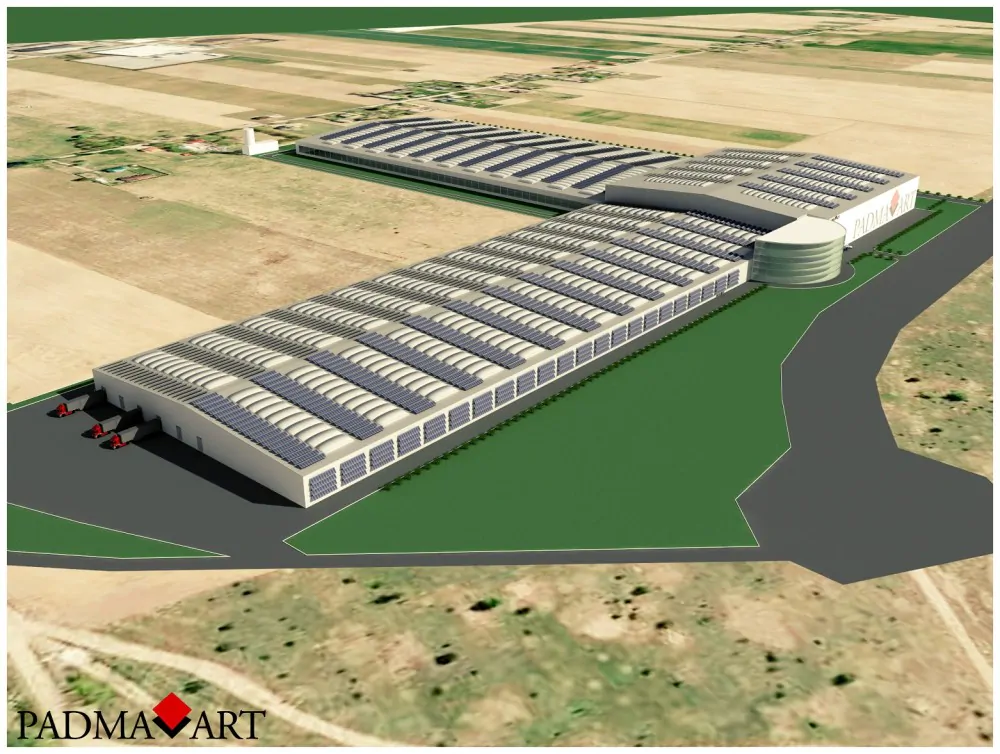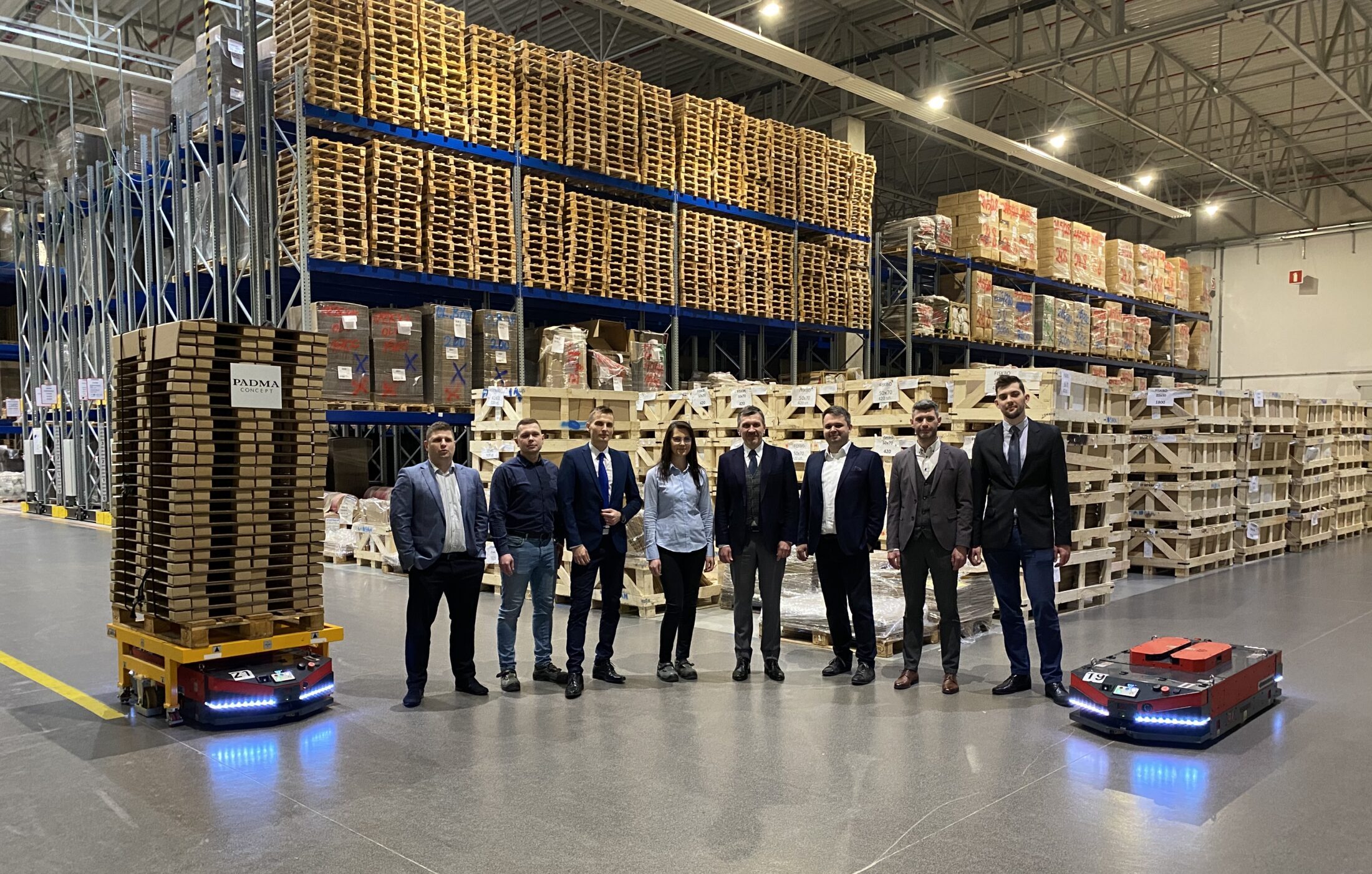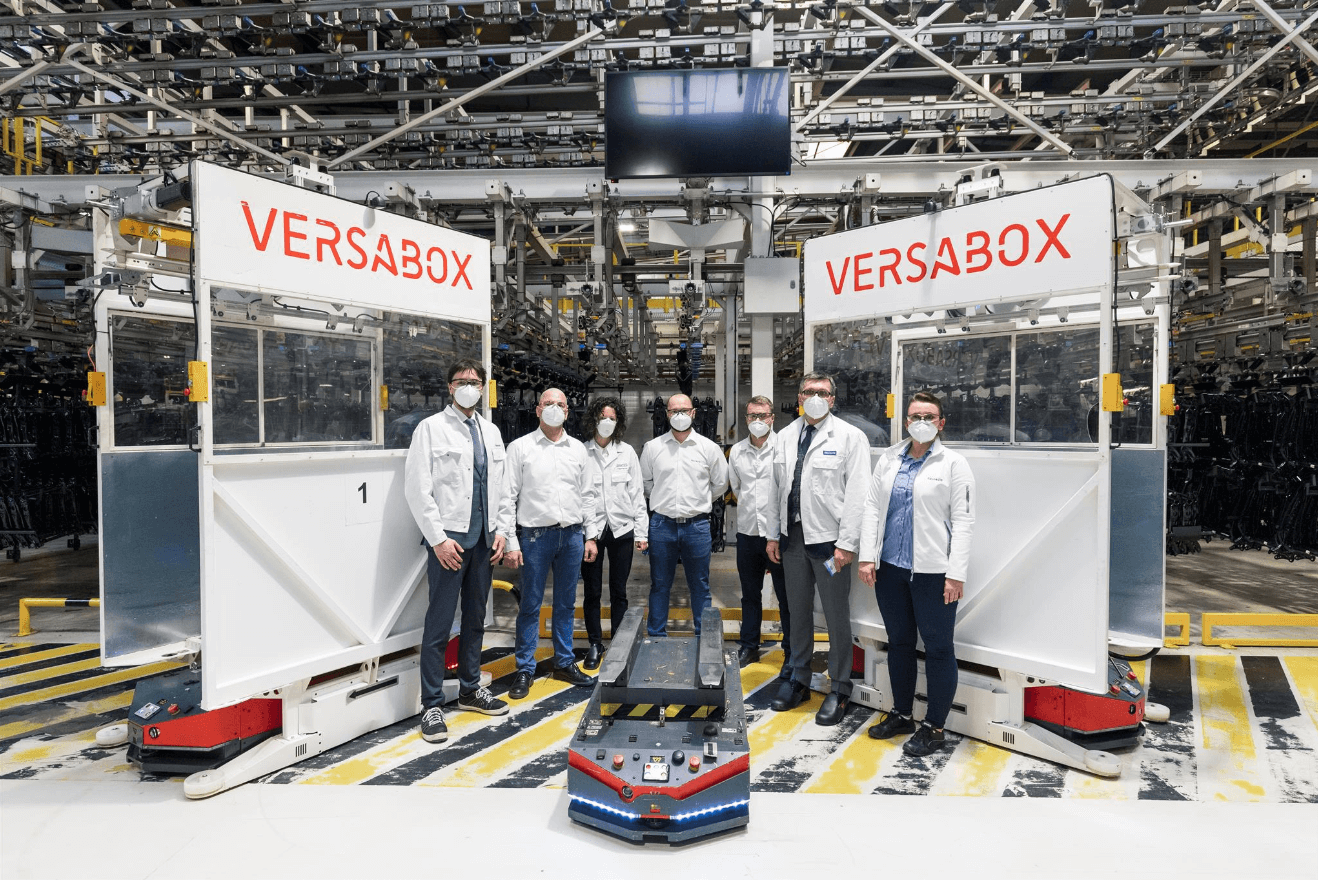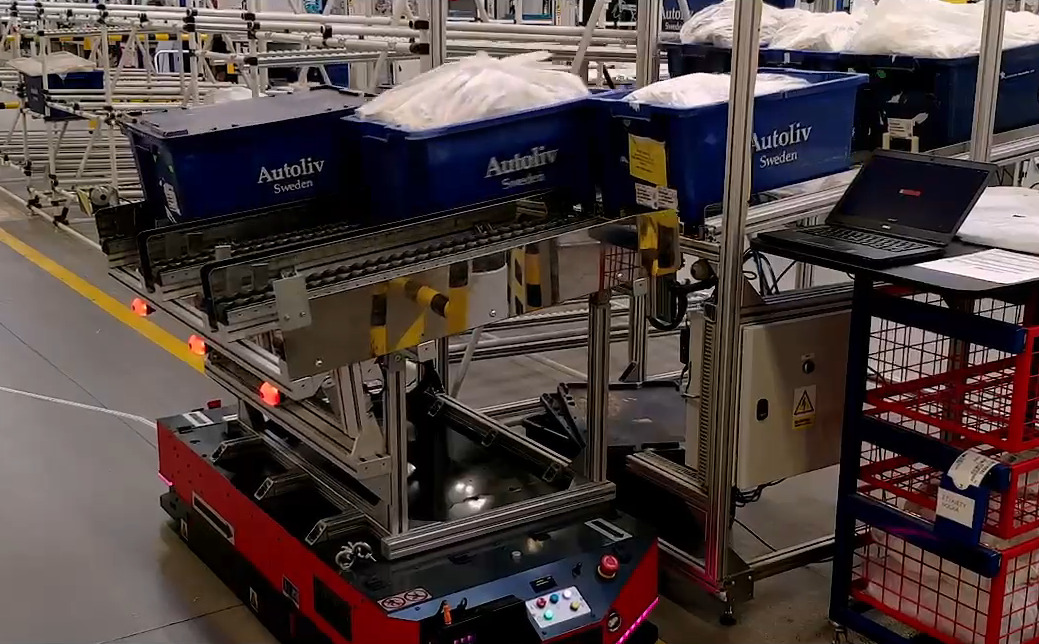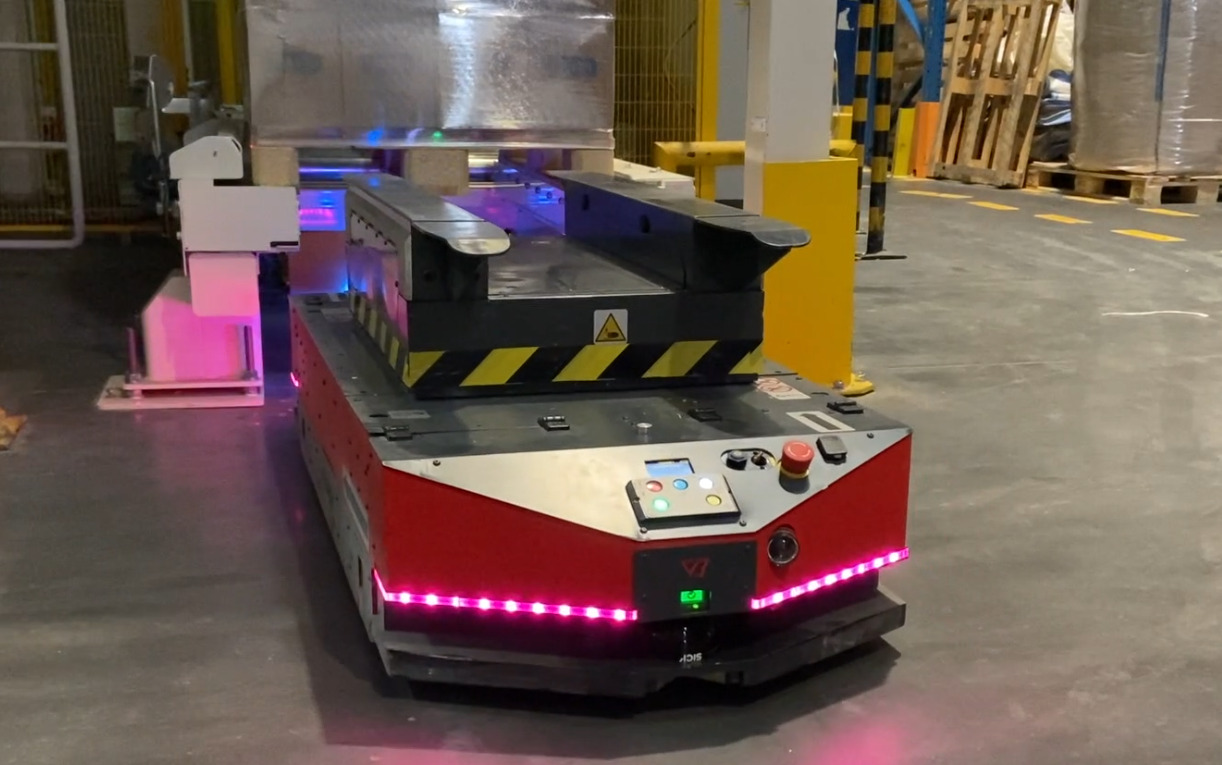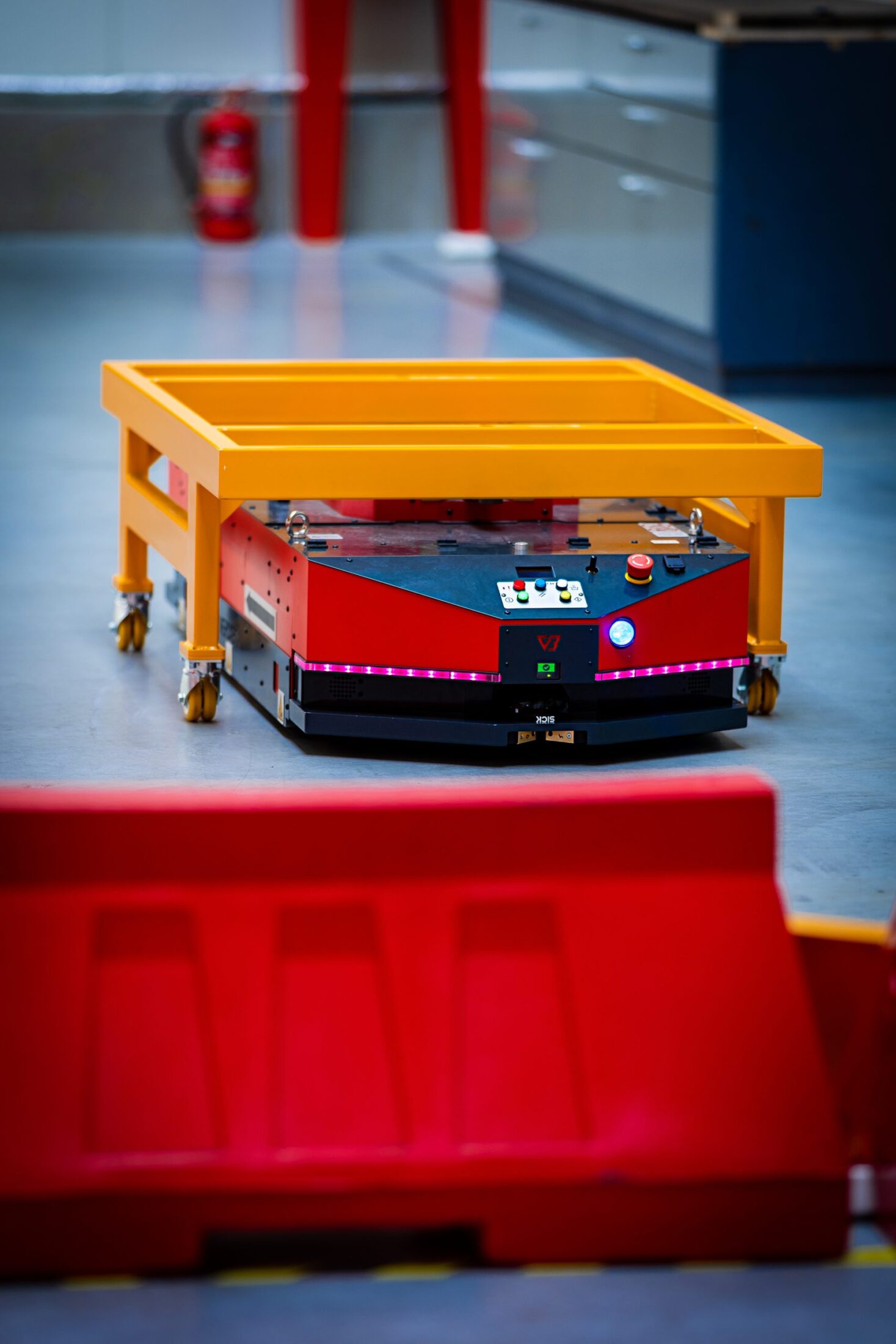PADMA
About PADMA Group
Padma Art started its activity in 1996. A group of young entrepreneurs started their adventure with framing pictures and producing decorative cardboard. The team was doing so well that it was constrained by four garage walls. In 2004, it was decided to move all production from Augustów to Suwałki, where a modern production plant was built.
In 2008, Padma Art started cooperation with IKEA – a world leader in the interior design industry. The production gained momentum, the team and modern machinery park grew. In order to meet the growing challenges of the recipient, in 2015 the second production plant – Padma – started its operation. Currently, the company is made up of a team of 1,400 people, consisting of committed specialists and production employees ready to meet the constantly growing expectations.
PADMA’s key goal is to provide the highest quality products at the best prices.
Business goals
Fast and flawless material supply
Requests for components and raw materials from stock must be handled flawlessly and quickly to avoid prolonged production line operations due to waiting for necessary materials.
The cycles of handling demands from the production line must be adapted to the cycles of the production process, regardless of the length of routes and the amount of traffic in the factory.
Challenges
PADMA is one of the most modern and largest plants in the furniture industry in Poland. The implementation of an autonomous transport system ensures smooth supply of the production process and automates the flow of finished products between the production line and the warehouse.
PADMA is, on the one hand, a specific “format”, often non-standard of transported loads, and on the other – relatively long distances between the warehouse and cargo delivery points. In addition to precision and reliability, an important element is also the speed with which robots can actually move.
Orders for the warehouse must be submitted by the employees of the production line. You need a solution that will allow you to easily submit a demand for a component or material, while fully automating the process of servicing this demand.
The production process requires a flexible way of delivering materials on demand. The ordered elements can be delivered to the client’s workplace directly or through designated “virtually” parking lots on the VERSABOT route, where the robot can safely leave the load for the recipient.
Transport and docking takes place on a busy traffic route. Transport equipment must not hinder the movement of workers or pose a threat to them.
Results
The paging system, in conjunction with the autonomous navigation and fleet management, ensures an efficient flow of materials and components between the warehouse and production line points.
Thanks to the autonomy of the VERSABOTs, disruptions between the automated transport process and the movement in the factory were avoided, with the availability of the 24×7 system. At the same time, robot safety mechanisms completely eliminate threats to people and other devices.
25% ROI
2000 km/month
3 manufacturing lines
1400 mission/month
The main goal of digital transformation in our company was the “futuristic“ vision of comprehensive automation, focused on the development of our company. Last month, the number of tasks performed by VERSABOTs reached 1,400 orders.
MARCIN AUGUSTAJTYS
Inżynier ds wdrożeń i rozwoju projektów
For us, the implementation of mobile robots is a pathway to comprehensive manufacturing automation, so we can delegate our employees to new processes, enable them to develop and improve their qualifications.
MONIKA GROCHOWSKA
Kierownik Produkcji PADMA
